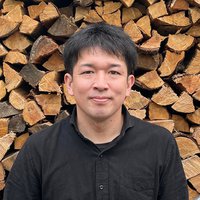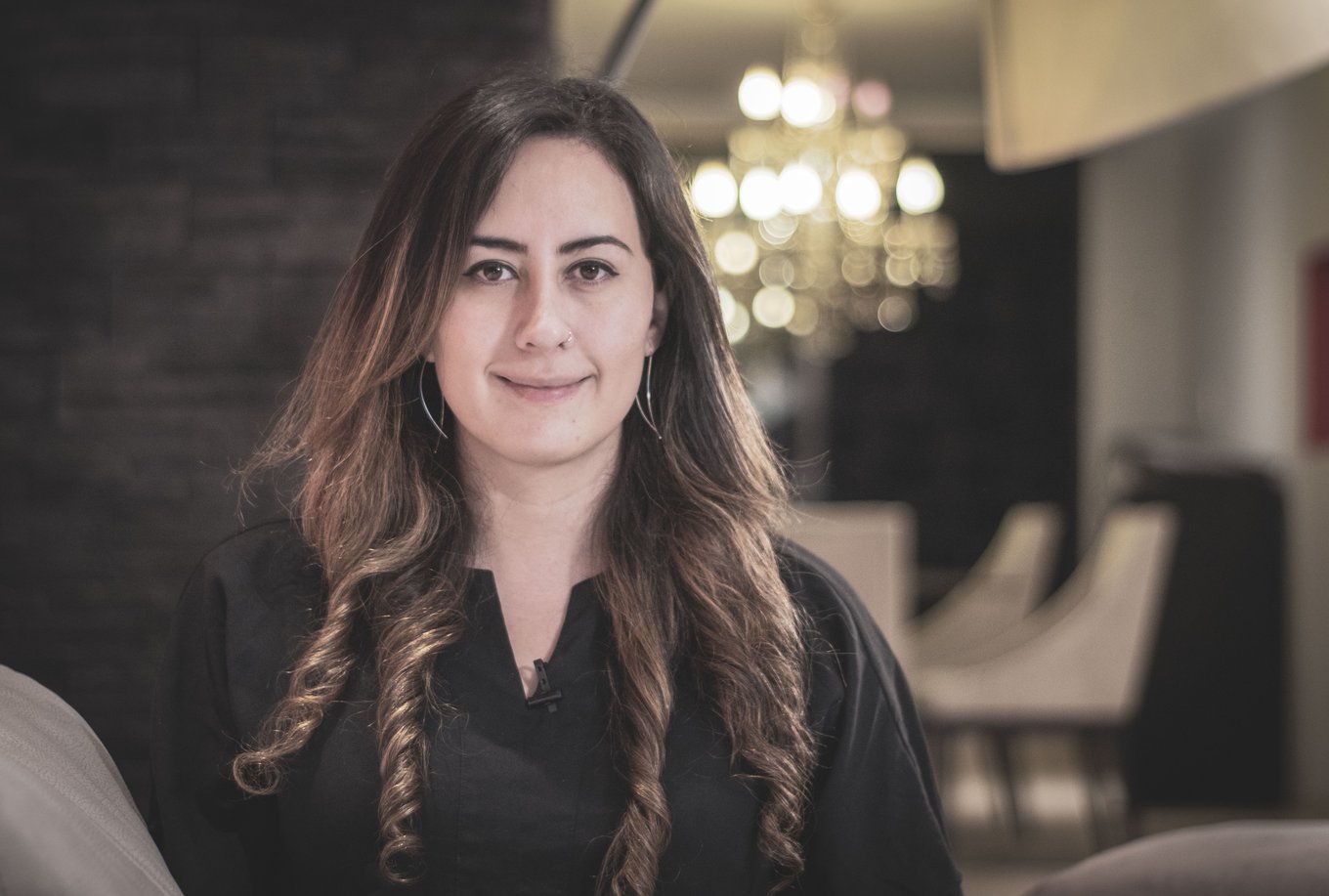Plastic pollution already reaches
the sky: there are microplastics present even in the clouds, and it even rains
plastic. It is a consequence of the current model of consumption: every minute
a million plastic bottles are bought and every year 500,000 million plastic
bags are used, according to the UN. We ingest and drink microplastics that
contain possibly toxic chemicals, although there is insufficient data on their
effect on human health.
To alleviate this problem, young
Mexican Andrea Bonilla (34 years old) decided to create BioPlaster, a start-up
that uses the remains of sargassum, a seaweed that invades the Caribbean coast,
to produce sustainable bioplastics. "We want to solve the problem of
plastic pollution through science," explains Bonilla, a nanotechnologist
and molecular engineer from the Universidad de las Américas Puebla and a
doctorate in physics from Oxford University. Thanks to this biotechnological
development of the circular economy, the young woman has been chosen among the
Innovators under 35 Latin America 2023 by MIT Technology Review in Spanish.
Sargassum is a macroalgae that
floats in the Atlantic Ocean and is periodically propelled by ocean currents to
the Caribbean coast. The excess of nutrients (as a consequence, among other
factors, of the dumping of wastewater) causes an overpopulation of this algae
with serious ecological consequences: it depletes the oxygen in the waters and
prevents the entry of sunlight, which prevents photosynthesis by other living
beings. Its decomposition contaminates soils and waters, in addition to
affecting tourism, fishing, and local communities due to its accumulation and
foul odor. But Bonilla has found in this regional problem the raw material to
develop a sustainable alternative to plastics.
His project extracts valuable
compounds such as cellulose and alginate from sargassum to produce
biomaterials. Her first product is GreenShell, a biodegradable alternative to
polystyrene that can be used for packaging. Another result of Bonilla's research
is the creation of thermoplastics that replace PVC and PET to produce plastic
packaging and films. Her innovation also makes it possible to improve
agriculture thanks to the production of hydrogels that increase efficiency in
the use of water and fertilizers.
BioPlaster is already collaborating
with several multinational companies to supply them with biomaterials and thus
stop using plastic as a single-use material. Bonilla's future plans include
building a pilot plant to expand the company's production capacity. He also
wants to optimize the biomaterials he develops and obtain new sustainable and
biodegradable products to achieve a more environmentally friendly society.




